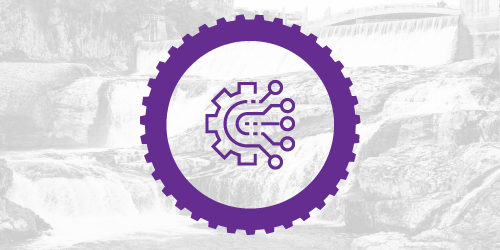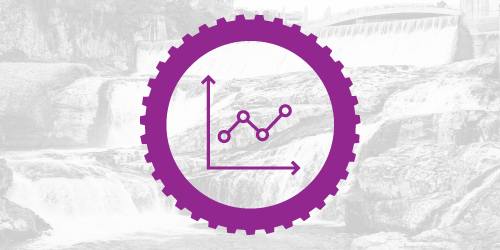
Salmon Summit Brings Hydropower to Students
The Salmon in the Classroom curriculum, sponsored by the Benton Conservation District (BCD), is an annual program in which fourth and fifth grade students across eastern Washington raise fish in the classroom. The curriculum culminates in the release of the fish into the Columbia River during the Salmon Summit, where students learn about fish passage, hydropower, and related careers. With support from the Department of Energy Water Power Technologies Office, researchers from the Pacific Northwest National Laboratory (PNNL) partner with BCD bring the latest science on hydropower and fish passage to thousands of students in person and via live stream, including live demonstrations of juvenile salmon tagging and release.
The educators involved in Salmon in the Classroom are also invited to participate in PNNL’s Teacher-Scientist Partnership—a professional development opportunity for educators to work directly with PNNL researchers and staff to tackle real-world scientific challenges. The program aims to help teachers take real-world problems and lessons—in this case about hydropower—back to their students to inspire the future workforce.
Learn more about Salmon in the Classroom at the BCD website.


